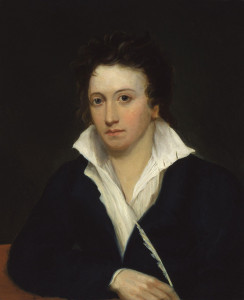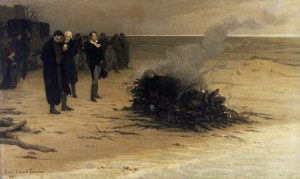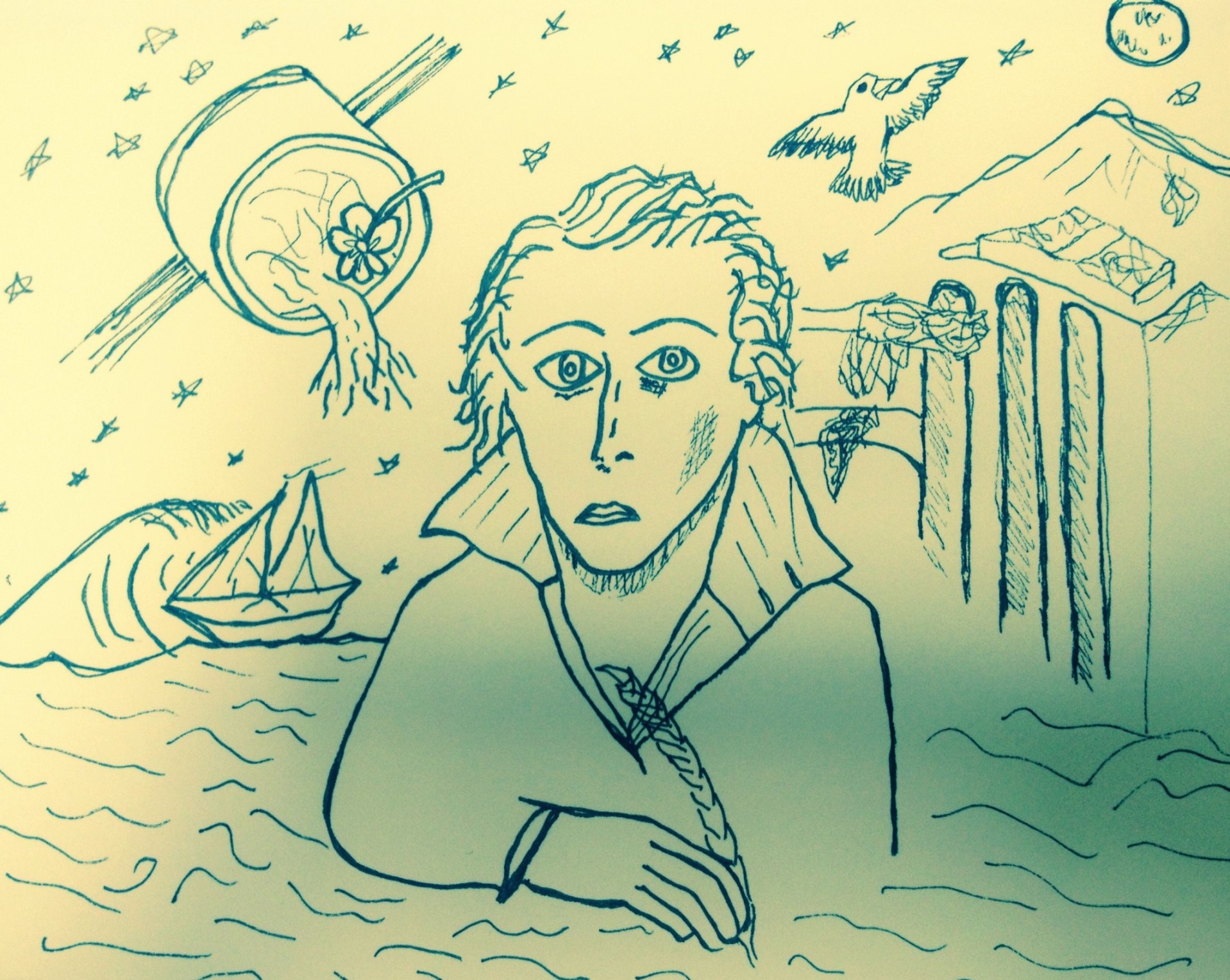- +44 (0)20 8334 8266
- uk@lan-bridge.com
- 中文
Percy Bysshe Shelley, Translator
William Wordsworth is reported to have said of Percy Bysshe Shelley: “[he] is one of the best artists of us all: I mean in workmanship of style.” On the surface, this might seem a rather backhanded compliment. However, surveying Shelley’s literary legacy, it is hard to disagree. It was Shelley’s conscientiousness that led him to read and write so deeply and widely, leaving behind a huge canon of work at his death aged just 29. One of the best examples of this is the fact that during his brief life he translated fragments of Goethe (modern German), Dante (medieval Italian) and The Symposium of Plato in its entirety (ancient Greek). His biographer Richard Holmes holds the view that “Shelley [was] by far the most outstanding literary translator of his generation.” Despite this, Shelley the translator is often overshadowed by Shelly the lyric poet and Shelly the political firebrand – which is natural, considering his achievements in both of the latter two areas (albeit that these achievements came after his death).
Shelley knew a number of languages. As a child he was sent for Latin lessons before being sent to Eton, where he gained a reputation for being an excellent scholar of the language (as well as for being ‘mad Shelley’). And despite his expulsion from Oxford in 1811, he continued studying ancient Greek rigorously as he travelled Europe, where he also learned German and Italian.

Shelley and Italian
Amongst the many sad, strange scenes in Shelley’s life, one which stands out to me shows how intertwined his life was with Italy and the Italian language. In the summer of 1821, he went to visit Lord Byron’s four-year-old daughter, Allegra, in a convent in a small Italian town. Here, one of England’s greatest poets (and most famous atheists) sat speaking about paradise and angels in Italian with the orphaned daughter of another of England’s greatest poets. Before he left, Shelley asked if the young girl had a message for her father. She replied: “Che venga farmi un visitino, e che porta seco la mammina.” (“May he pay me a little visit, and bring with him my mother.”). Shelley and Allegra did not see one another again, and within a year both of them would be dead.
Shelley’s Italian wasn’t confined to everyday use. He also regularly read Italian literature, and translated poetry by Dante and Brunet Latinini, amongst others. Here is his excellent ‘Sonnet: From The Italian of Dante’, written in 1816:
Guido, I would that Lapo, thou, and I,
Led by some strong enchantment, might ascend
A magic ship, whose charmed sails should fly
With winds at will where’er our thoughts might wend,
So that no change, nor any evil chance
Should mar our joyous voyage; but it might be,
That even satiety should still enhance
Between our hearts their strict community:
And that the bounteous wizard then would place
Vanna and Bice and my gentle love,
Companions of our wandering, and would grace
With passionate talk, wherever we might rove,
Our time, and each were as content and free
As I believe that thou and I should be.
As you will notice, this sonnet rhymes in English, meaning Shelley has gone for literary effect over accuracy. This, its meter and its assonance (‘With winds at will where’er our thoughts might wend’) show just how far from the original Shelley took poem.
A violet into a crucible
In A Defence of Poetry, Shelley writes at one point about how meaning is tied up in language, and how the language of poetry has its own particular sound. This leads him to the following conclusion on translating poetry:
“Hence the vanity of translation; it were as wise to cast a violet into a crucible that you might discover the formal principle of its color and odor, as seek to transfuse from one language into another the creations of a poet. The plant must spring again from its seed, or it will bear no flower—and this is the burden of the curse of Babel.”
As we have seen, in practice, this notion led Shelley to giving loose translations of poetry. His preferred method was to almost create anew the originals he was working with. In a sense, some of his translation was almost just an interaction with the original. Perhaps an analogy can be found in Shakespeare’s history coming via his use of Holingshed’s Chronicles. This was more like modified material than accurate adaption.
Translation, trans-creation and localisation
A similar dilemma appears when businesses want to go into a new culture. How do we translate a brand into another language without taking losing the richness and uniqueness? More often than not, the new language might render all of its original associations and sentiments flat or even ugly. The brand name that perhaps took months to come up with, and the marketing material that copywriters have worked so hard on in the original language, often require more than just direct translation. This is where Lan-bridge can help. With over 200 experienced and talented in-house translators, we can help you find the right words to do justice to your brand’s original value, and translate it successfully into China and Chinese.
What could have been?
But back to Shelley. As with his romantic contemporaries who also died young, Byron and Keats, the shadow of a certain question will always be cast across his reputation: what would he have produced had he lived longer? We can only imagine what it would have looked like, but there is no doubt that he would have gone on to produce more great poetry and prose, and also that he would have continued to translate.






